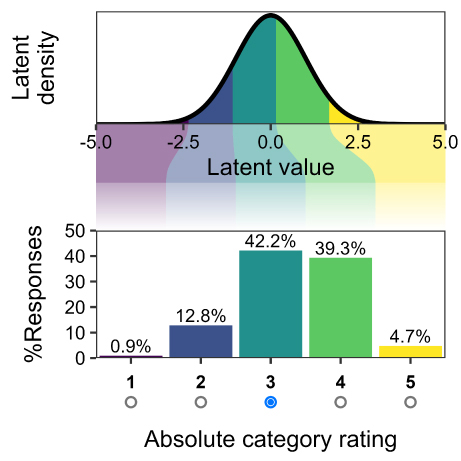
Evaluating perceptual image and video quality is crucial for multimedia technology development. This study investigated nation-based differences in quality assessment using three large-scale crowdsourced datasets (KonIQ-10k, KADID-10k, NIVD), analyzing responses from diverse countries including the US, Japan, India, Brazil, Venezuela, Russia, and Serbia. We hypothesized that cultural factors influence how observers interpret and apply rating scales like the Absolute Category Rating (ACR) and Degradation Category Rating (DCR). Our advanced statistical models, employing both frequentist and Bayesian approaches, incorporated country-specific components such as variable thresholds for rating categories and lapse rates to account for unintended errors. Our analysis revealed significant cross-cultural variations in rating behavior, particularly regarding extreme response styles. Notably, US observers showed a 35–39% higher propensity for extreme ratings compared to Japanese observers when evaluating the same video stimuli, aligning with established research on cultural differences in response styles. Furthermore, we identified distinct patterns in threshold placement for rating categories across nationalities, indicating culturally influenced variations in scale interpretation. These findings contribute to a more comprehensive understanding of image quality in a global context and have important implications for quality assessment dataset design, offering new opportunities to investigate cultural differences difficult to capture in laboratory environments.